Understanding the Impact of Sustainable Building Cladding on Energy Efficiency
In recent years, the focus on sustainable building practices has intensified, highlighting the crucial role of building cladding in enhancing energy efficiency. According to a report by the International Energy Agency (IEA), buildings account for nearly 30% of global greenhouse gas emissions, with significant potential for reduction through improved energy performance. Sustainable building cladding not only serves as an aesthetic element but also as a barrier that minimizes energy loss, thereby reducing heating and cooling costs by up to 30% (U.S. Department of Energy).
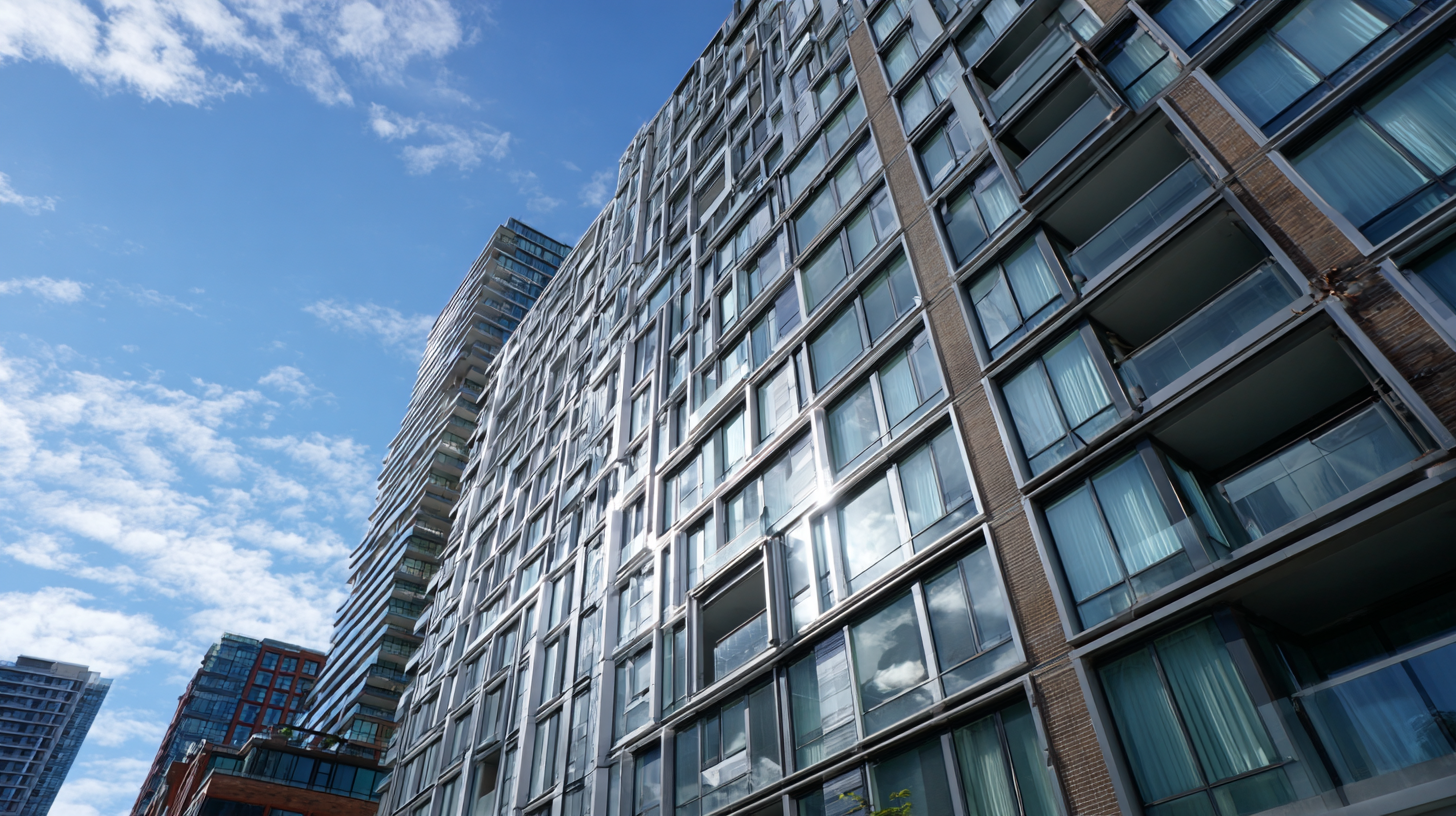
Furthermore, a study from the National Institute of Standards and Technology (NIST) indicates that advanced cladding materials can improve insulation performance, leading to decreased reliance on HVAC systems. As the construction industry seeks to address climate change issues, understanding the impact of building cladding offers a pathway to more sustainable, energy-efficient designs essential for future urban environments.
Exploring Various Types of Sustainable Building Cladding Materials
 Sustainable building cladding materials are gaining significant traction in the construction industry, driven by a growing emphasis on energy efficiency and environmental responsibility. Various innovative materials, from high-performance cementitious composites to bioplastics, are revolutionizing how we approach building design and construction. For instance, a life cycle assessment of eco-friendly cementitious composites has shown a reduction in carbon footprint by incorporating construction and industrial waste, highlighting a critical trend toward circular economy principles within material sourcing.
Sustainable building cladding materials are gaining significant traction in the construction industry, driven by a growing emphasis on energy efficiency and environmental responsibility. Various innovative materials, from high-performance cementitious composites to bioplastics, are revolutionizing how we approach building design and construction. For instance, a life cycle assessment of eco-friendly cementitious composites has shown a reduction in carbon footprint by incorporating construction and industrial waste, highlighting a critical trend toward circular economy principles within material sourcing.
Moreover, developments like Polygood Panels, created from recycled plastics, illustrate the potential of upcycling waste materials into viable architectural solutions. These panels not only address issues of plastic waste but also offer unique aesthetic and functional properties that contribute to energy-efficient designs. Recent studies indicate that bioplastic wall panels can effectively enhance acoustic, thermal, and structural efficiency, demonstrating their applicability in modern architectural practices. As the industry continues to evolve, the integration of these sustainable cladding materials positions buildings to achieve higher energy ratings, which are becoming increasingly critical to meet client demands and regulatory standards.
Assessing the Thermal Performance of Cladding in Energy Efficiency
The thermal performance of cladding materials, especially in sustainable building practices, plays a crucial role in enhancing energy efficiency. Modified graphite polystyrene boards (EPS) have emerged as a key component in achieving superior insulation. The market for these materials is expanding due to the rising demand for energy-efficient solutions across various applications such as exterior wall insulation, roof insulation, and interior insulation. By effectively reducing heat transfer, high-insulation modified EPS boards help maintain stable indoor temperatures, leading to significant reductions in energy consumption for heating and cooling.

In recent years, the trend towards retrofitting older buildings has gained momentum, particularly in areas with aging housing stocks. With an average building age of 33 years in the country and a high concentration of older residences in northern regions, there is a pressing need to enhance energy efficiency through sustainable retrofitting practices. Government initiatives and policies aimed at promoting energy conservation and carbon reduction in building sectors are driving the shift towards modern insulation solutions, ensuring that the transformation of existing structures addresses environmental concerns while also improving comfort and reducing operational costs.
Comparative Analysis of traditional vs. Sustainable Cladding Solutions
The choice between traditional and sustainable cladding solutions significantly influences a building's energy efficiency. Traditional cladding materials, such as vinyl or aluminum, often have a high embodied energy and can contribute to thermal bridging, which can lead to increased energy consumption for heating and cooling. These materials frequently lack adequate insulation properties, making it challenging to maintain desired indoor temperatures without relying heavily on HVAC systems.
In contrast, sustainable cladding options—such as wood, fiber-cement, or recycled materials—provide superior insulation and often incorporate design features that enhance energy efficiency. These materials can minimize thermal bridging and create an effective barrier against outdoor temperature fluctuations. Additionally, sustainable cladding choices often utilize environmentally friendly production processes, which contribute to overall building sustainability.
By opting for sustainable cladding, builders and architects can significantly reduce a building's carbon footprint while achieving energy savings through improved thermal performance, ultimately supporting a shift toward greener construction practices.
Innovative Designs and Technologies in Sustainable Building Cladding
Innovative designs and technologies in sustainable building cladding play a crucial role in enhancing energy efficiency and minimizing environmental impact. Modern cladding materials, such as biocomposite panels and photovoltaic elements, not only provide aesthetic appeal but also improve thermal performance. Biocomposite materials, made from natural fibers and resins, offer excellent insulation properties and are sourced from renewable resources. This reduces reliance on petroleum-based products and lowers the overall carbon footprint of the building.
Moreover, advanced technologies such as ventilated facades and green cladding systems contribute significantly to energy efficiency. Ventilated facades create an air gap that allows for improved airflow, reducing heat absorption in warmer months, while retaining warmth during colder periods. Green cladding, featuring living plants, actively contributes to energy savings by providing additional insulation and reducing urban heat island effect. Together, these innovations promote a sustainable approach to building design, aligning with global efforts to reduce energy consumption and combat climate change.
Understanding the Impact of Sustainable Building Cladding on Energy Efficiency - Innovative Designs and Technologies in Sustainable Building Cladding
| Cladding Material | Thermal Conductivity (W/mK) | Recyclability (%) | Life Cycle Assessment Score | Energy Savings (%) |
|---|---|---|---|---|
| Wood Fiber | 0.13 | 85 | B | 20 |
| Aluminum | 205 | 90 | A | 10 |
| Fiber Cement | 0.50 | 70 | C | 15 |
| Vinyl | 0.17 | 30 | D | 5 |
| Stone Composite | 1.00 | 75 | B | 18 |
Evaluating the Lifecycle Impact of Cladding on Energy Consumption
The lifecycle impact of building cladding on energy consumption is gaining increased attention, especially as sustainable materials become essential in architectural design. Life Cycle Assessment (LCA) plays a pivotal role in evaluating the environmental footprint of various cladding materials, including aluminium and eco-friendly composites. By analyzing the entire lifespan of these materials—from extraction and manufacturing to use and disposal—architects and builders can make informed decisions that minimize energy consumption and carbon emissions.
Aluminium, particularly in its secondary form, offers considerable advantages due to its high recyclability and energy-efficient life cycle. Studies highlight that opting for sustainable cladding can significantly enhance a building's energy efficiency while reducing its overall environmental impact. Similarly, the integration of advanced materials, such as high-performance cementitious composites, draws on industrial waste and supports the drive for sustainable construction. The evaluation of these materials through LCA provides a framework for understanding their long-term effects on energy consumption, guiding the building industry towards more sustainable practices.
Impact of Sustainable Building Cladding on Energy Efficiency
This chart illustrates the correlation between different types of sustainable building cladding materials and their impact on energy consumption over a lifecycle analysis period of 30 years. The data reflects the average energy savings percentage for each cladding type.
Related Posts
-
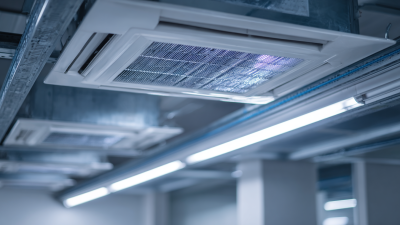
Understanding Cooler Panels: The Key to Energy Efficiency in Modern Refrigeration Systems
-
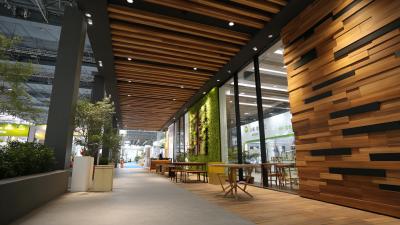
Innovative Composite Wall Cladding Solutions at the 2025 China Import and Export Fair
-
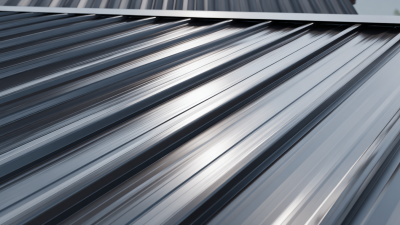
10 Essential Facts About Cladding Sheet You Need to Know
-
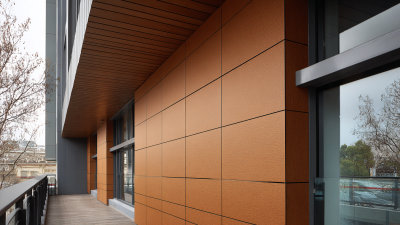
Transform Your Space with Innovative Wall Composite Cladding Solutions
-
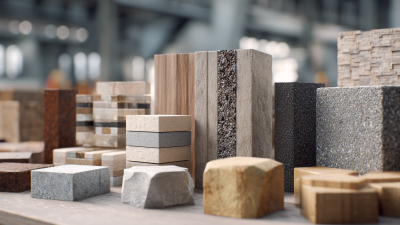
7 Essential Tips for Choosing Building Materials That Meet Industry Standards
-
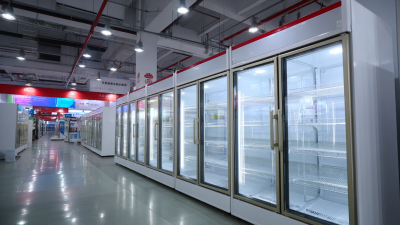
Future of Freezer Panels Industry Highlighted at the 138th China Import and Export Fair in 2025